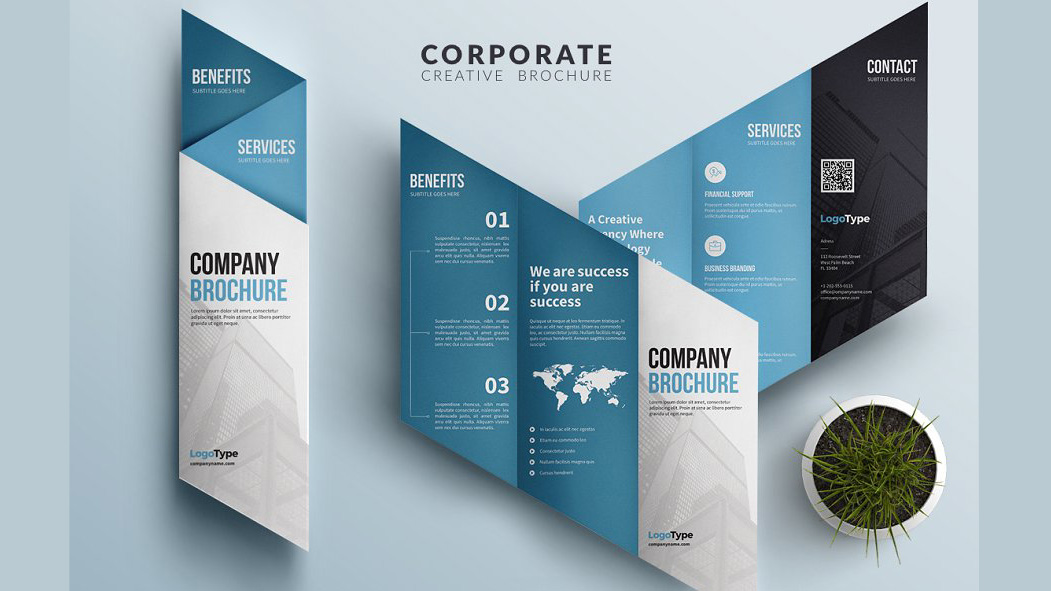Administrative complexity often overshadows clinical excellence. The process of managing insurance claims from submission to reimbursement remains one of the most resource-intensive areas in the revenue cycle. Even with advanced billing systems, human oversight, payer-specific edits, and manual reviews continue to slow operations and drive up costs.
Enter the Claims Processing AI Agent an intelligent automation layer designed to streamline workflows, ensure compliance, and cut costs across the claims lifecycle. Far from being a futuristic concept, these AI-driven agents are already transforming how providers and payers handle claims at scale.
Let’s explore the top five ways a Claims Processing AI boosts efficiency and reduces costs in healthcare organizations.
1. Automating Repetitive Workflows
Manual claims processing is time-consuming. Every claim must be checked for coding accuracy, payer requirements, and authorization details. Human billers often spend hours reviewing claims line by line to prevent denials a task both tedious and prone to oversight.
A Claims Processing AI Agent automates this routine work. It can validate claim data against payer-specific rules in real time, identify missing fields, and even flag potential mismatches between CPT and ICD-10 codes. With machine learning models trained on thousands of historical claims, the AI can spot patterns and prevent recurring errors before they happen.
Result: Billing teams can process claims up to 50% faster, freeing up hours every week that would otherwise go into manual reviews.
2. Reducing Claim Denials and Rejections
Denials are among the biggest hidden costs in healthcare. According to the AMA, administrative costs for reworking a single denied claim can range between $25 and $118. When multiplied across hundreds or thousands of claims, these costs quickly erode margins.
AI Agent significantly lowers denial rates by applying payer-specific validation before submission. It ensures that every claim adheres to the latest coverage policies, modifier requirements, and medical necessity guidelines. For example, if a certain service requires prior authorization or a diagnosis code update, the AI Agent catches it immediately before the claim is sent out.
Moreover, the system continuously learns from past denials, adjusting its rule library automatically. Over time, the AI becomes more precise, reducing avoidable errors and ensuring compliance with each payer’s evolving rules.
Result: Practices report up to a 30% reduction in denial rates and improved first-pass acceptance rates above 95%.
3. Enhancing Real-Time Decision-Making
Traditional claims processing often relies on delayed data teams only discover problems once denials arrive weeks later. That lag prevents quick corrective action and delays revenue realization.
However, operates in real time. It not only validates claims as they’re created but also provides predictive insights highlighting claims likely to be denied based on historical payer behavior and internal submission trends.
Administrators can view dashboards showing risk scores for each claim, helping them prioritize reviews for high-risk submissions. This shift from reactive to proactive decision-making transforms how organizations manage their revenue cycle.
Result: Real-time visibility allows faster resolution, fewer bottlenecks, and a shorter reimbursement cycle improving cash flow consistency.
4. Cutting Administrative Costs
Healthcare providers spend millions annually on billing operations from staffing to software subscriptions. A large portion of this cost goes into repetitive claim validation and correction.
By implementing a Claims Processing AI Agent, organizations can automate nearly 70-80% of manual claim-related tasks. The reduction in labor hours directly translates into cost savings. Teams can be redeployed to higher-value functions such as denial management, patient communication, or financial reporting.
In addition, AI-driven automation reduces dependency on third-party billing services or external consultants. The built-in compliance monitoring and rule-based validation ensure accuracy without needing continuous manual intervention.
Result: Hospitals and large practices typically see a 25-40% decrease in administrative expenses within the first six months of deployment.
5. Ensuring Compliance and Audit Readiness
Regulatory compliance in claims management is non-negotiable. Every claim submitted must align with payer regulations, coding standards, and privacy laws such as HIPAA. Non-compliance can lead to costly audits, penalties, or even reputational damage.
AI Agent comes equipped with built-in compliance intelligence. It maintains audit-ready logs of every change, including who reviewed a claim, what corrections were made, and when. In case of an audit, these detailed, timestamped records provide complete transparency.
Furthermore, the AI automatically updates itself with the latest payer edits and federal coding updates, minimizing the risk of submitting outdated or incorrect claims.
Result: Providers gain peace of mind knowing every claim is not only accurate but also fully compliant with the latest regulations.
Looking Ahead: The Future of Claims Automation
The evolution of AI in healthcare claims is moving from simple rule-based validation to predictive and autonomous systems. The next generation of AI will go beyond identifying issues they’ll self-correct claims, communicate with clearinghouses, and even trigger appeals automatically when necessary.
For providers, this means not just lower costs, but a more resilient and adaptive revenue cycle. It’s not just about faster claims it’s about transforming the financial backbone of healthcare.
Final Thoughts
Efficiency in healthcare isn’t just about patient care it’s about how effectively the organization manages its revenue. A Claims Processing AI Agent empowers billing teams to operate smarter, not harder. By reducing denials, cutting administrative costs, and ensuring compliance, AI brings accuracy and speed back to the claims process.
In an industry where every reimbursement counts, adopting AI-driven automation isn’t a luxury it’s a necessity. The organizations that embrace it today will be the ones setting the pace for the future of healthcare finance.


